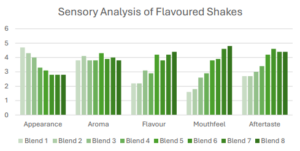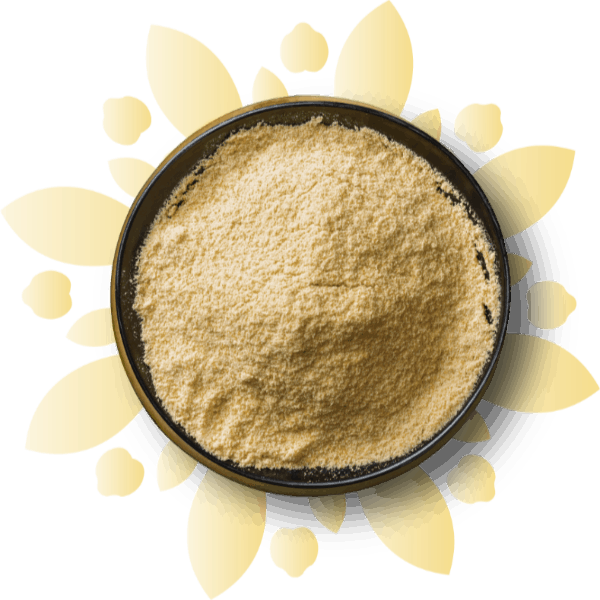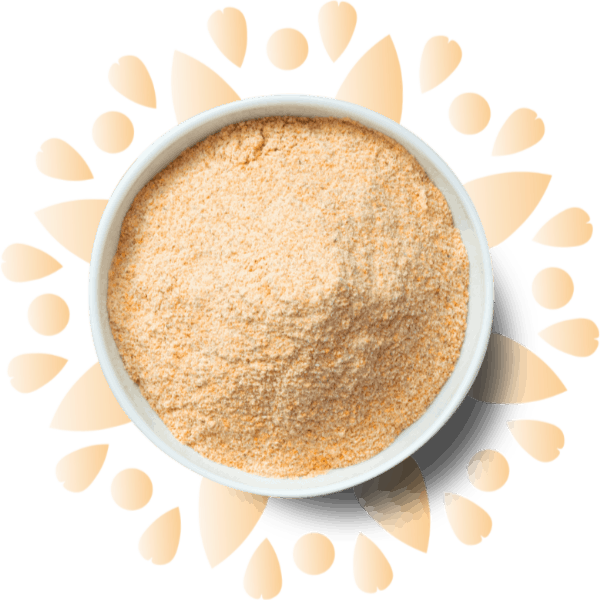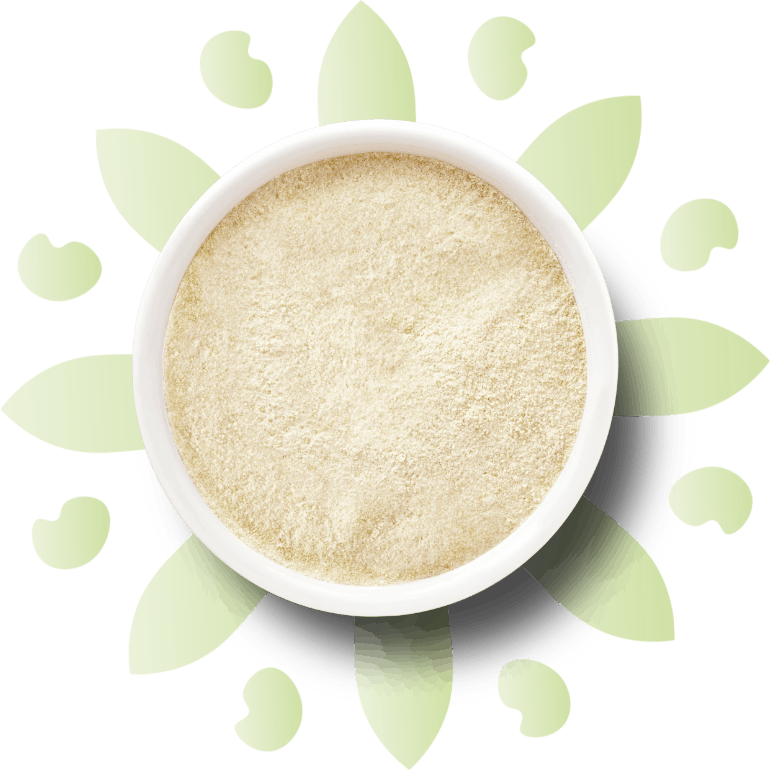When it comes to formulating the perfect protein blend, flavour and texture are just as important as nutritional value. A popular blend on the market is a combination of pea and rice protein, prized for its complete amino acid profile, affordability, and compatibility with various flavours. Yet, despite these benefits, issues with aftertaste and mouthfeel have been noted by consumers. Recent research by our R&D team explored how swapping out one of these components could lead to a more palatable product.
A Fresh Approach to Protein Blends
In previous studies, replacing rice protein with ATURA Chickpea Protein led to marked improvements in the sensory properties of the blend. However, some panellists still reported an off-putting taste attributed to pea protein. This prompted the investigation: could replacing pea protein with ATURA Fava Bean Protein further enhance the overall experience?
The Study Design
Formulating the Blends
Researchers prepared eight different protein blends by varying the proportions of pea, chickpea, and fava bean proteins. In every blend, ATURA Chickpea Protein was gradually increased while pea protein was gradually reduced to 0% in favour of increasing fava bean protein. Two sets of blends were tasted one unflavoured and the other incorporated into a vanilla-flavoured shake.
Sensory Evaluation and Nutritional Analysis
A tasting panel of five trained participants evaluated the shakes on several sensory attributes: appearance, aroma, flavour, mouthfeel, and aftertaste. Alongside this, each blend underwent an amino acid analysis to ensure that replacing pea protein with fava bean protein did not compromise nutritional quality relative to WHO guidelines.
Key Findings
Nutritional Integrity Maintained
The amino acid profiles of the blends remained robust. All essential amino acids were present above the recommended levels—except methionine, which is naturally low in pulse proteins. This confirmed that substituting pea protein with fava bean protein does not diminish the nutritional benefits of the shake.
Notable Improvements in Sensory Experience
Flavour: The earthy, grassy notes typically associated with pea protein were significantly reduced. Participants noted that the vanilla flavour was much more pronounced and pleasant in blends with higher fava bean protein content.
Mouthfeel: The shift from pea to fava bean protein resulted in a smoother, thinner, and creamier texture. The previous thick, foamy, and slightly gritty mouthfeel gave way to a more enjoyable consistency.
Aftertaste: Unpleasant lingering tastes were minimized with the inclusion of fava bean protein.
Aroma and Appearance: While the primary aroma remained a dominant vanilla, slight variations were observed in appearance due to the colour differences between pea and fava bean proteins.

Conclusion
The study clearly demonstrated that replacing Pea Protein with ATURA Fava Bean Protein in a vanilla-flavoured protein shake improves the sensory properties—particularly flavour, mouthfeel, and aftertaste—without sacrificing nutritional value. For manufacturers aiming to create more appealing plant-based protein products, ATURA Fava Bean Protein offers a compelling alternative to traditional pea protein, providing enhanced consumer satisfaction and maintaining a balanced amino acid profile.
This innovative approach could pave the way for future developments in plant-based nutrition, ensuring that taste and health go hand in hand.






